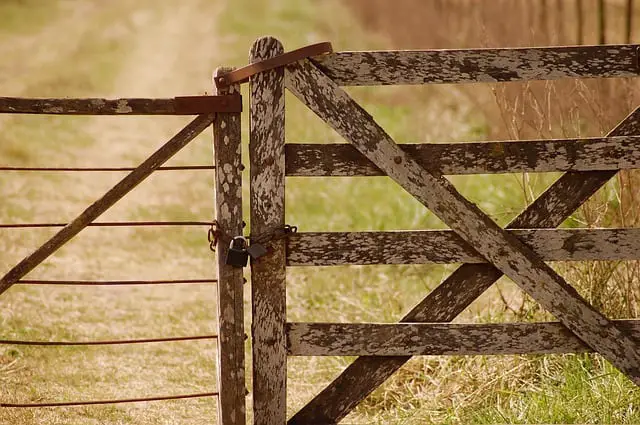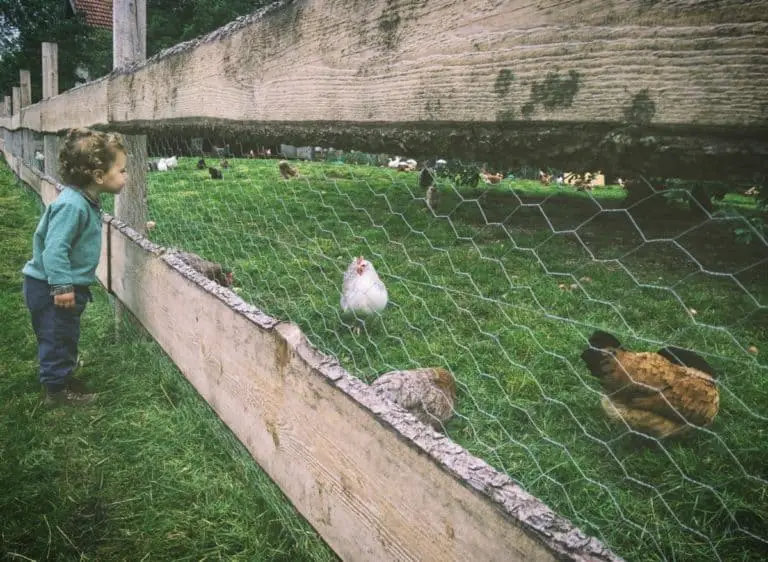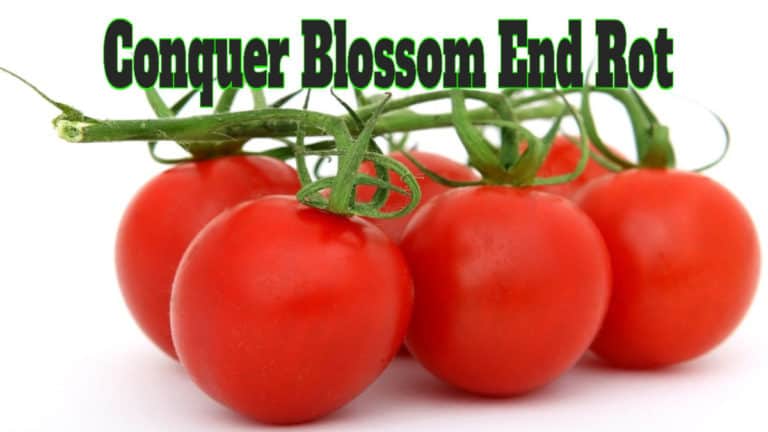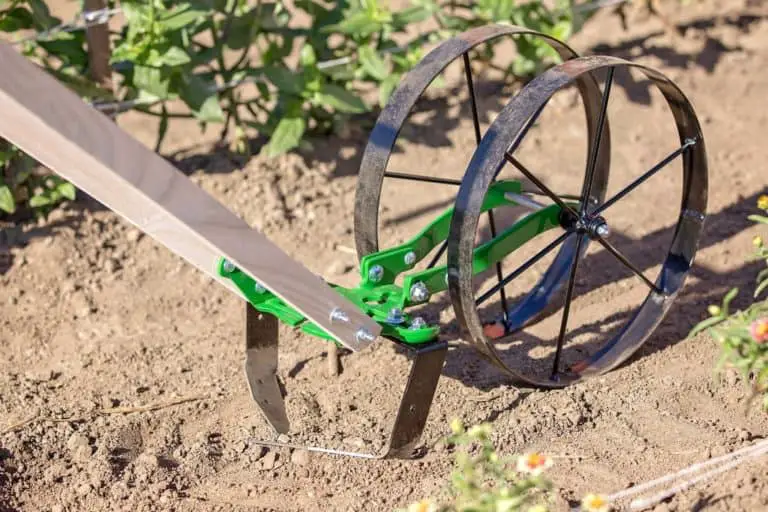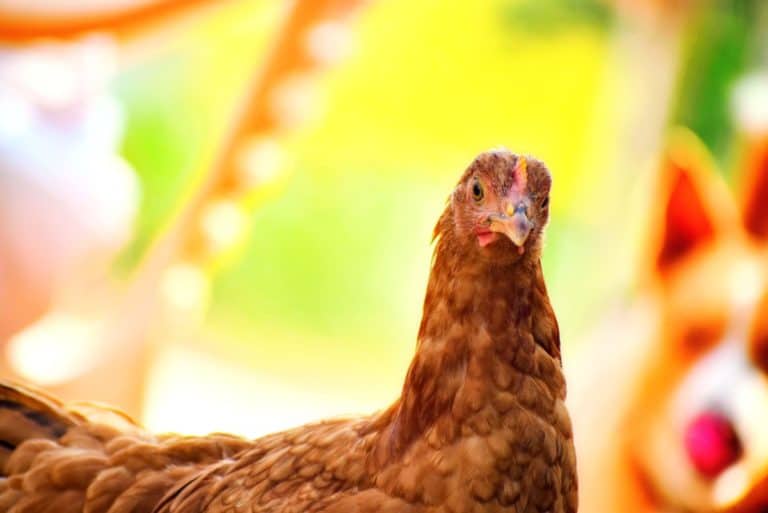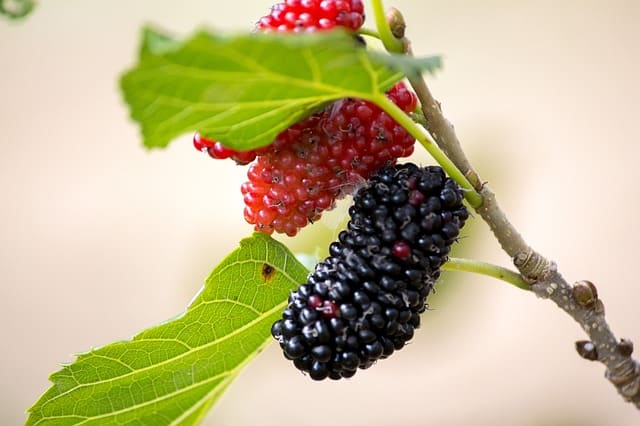

With over 375 varieties of blackberries, finding the right one for your garden can be challenging. Here’s a list of some of our favorite varieties and their production potential.
Like most fruits, blackberries vary in sweetness, size, and growth characteristics. Plants that do well in southern climates may not do well in a northern environment. And some plants will need to be trellised and others will not.
When picking out a blackberry variety, many variables have to be considered, like climate Zone, Soil PH, growth habits, and more. To give you a better idea of which ones would be right for you, we have compiled a TON of information on over a dozen different blackberry varieties, along with some of the characteristics that make them so popular for home fruit production.
12 Top Varieties And Their Characteristics
| Variety | Zone | Thorns? | Berry Size |
| Arapaho | 6-8 | No | Medium |
| Black Satin | 5-8 | No | Large |
| Chester | 5-9 | No | Large |
| Kiowa | 5-8 | Yes | World’s Largest |
| Natchez | 6-8 | No | Very Large |
| Navaho | 6-10 | No | Large |
| Osage | 6-9 | No | Medium |
| PrimeArk Freedom | 6-9 | No | Large to Very Large |
| PrimeArk Traveler | 5-8 | No | Medium to Large |
| PrimeArk 45 | 5-8 | Yes | Medium |
| Ouachita | 5-9 | No | Large |
Blackberries have different traits that need to be considered. Let’s talk about taste and sweetness, chilling hours, growth characteristics, and other aspects:
1. Arapaho
The Arapaho is a thornless, erect-growing variety that does well in zones 6-8. It is characterized by its extra-tasty berries with small seeds. It is a summer bearing “Floricane” variety meaning it bears in the spring and summer on last year’s canes.
Like all the varieties we will look at here, they are self-pollinating and do well in the south, and northward into Zone 6. “Self-Pollinating” means they do not need another variety as a pollinator. However, adding other varieties could increase production a little. They only require around 500 chilling hours.
I’ve raised Arapaho berries and found them to be trouble-free and delicious. If large seeds in blackberries are a problem for you, you may want to consider Arapaho.
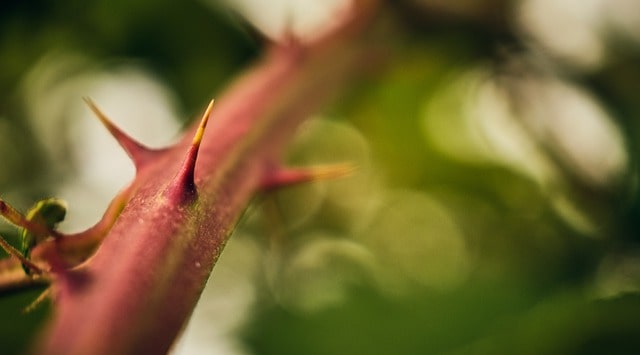
2. Black Satin
A semi-erect variety that is also thornless, the Black Satin does well in the heat, making it a perfect choice for the deep-south but also is hardy into Zone 5, to around -15 degrees Fahrenheit.
It is a heavy producer of deep-blue berries that are sweet and juicy. It is a “Floricane” variety producing berries on last year’s canes.
3. Chester
Here’s a blackberry plant that is “semi-erect” meaning that it doesn’t grow quite as upright as an “erect” variety. It has a tendency to sprawl-out a little and thus a trellis might be helpful to hold them upright.
Considered one of the more winter hardy varieties, Chester is exceptionally sweet and rich and should be considered if you don’t mind adding a trellis for them. It is a thornless variety and is known for its good production value.
Chesters will do well into Zone 5 and should be of interest to northern gardeners that want to grow their own blackberries.
4. Kiowa
The Kiowa blackberry is one of the top-performing thorned blackberries in the south. It only requires 200 chilling hours. So it can be grown in the deep south. It also is hardy to Zone 5 giving northern berry growers the opportunity to grow them too.
Kiowa blackberries are very large and are currently the world’s largest blackberry. Their huge berries are tasty, and just a few will fill up a bowl or clamshell.
They are the top-performing berry for Texas growing conditions and should be considered if thorns are not an issue for you.
6. Natchez
The Natchez is one of the earliest ripening varieties with very high production potential. The plants produce berries that are very large and good tasting. They have a 3 to 5-week harvest window.
Since they have a semi-erect growth pattern, they will do much better with trellising. Hardy from Zone 6 to Zone 8.
7. Navaho
The Navaho blackberry is heat tolerant and can thrive down into Zone 10. Berries are large and sweet. It is a thornless variety and tolerates a wide variety of soil types.
The Navaho is also hardy well into the northern climates. It can survive temperatures as low as -10 Degrees Fahrenheit making it a great choice for many potential growers.
8. Osage
Osage is an erect growing, high-quality blackberry choice. Great care was taken in its development program to enhance the flavor to a high level.
The Osage blackberry produces a medium-sized very tasty berry. Osage is excellent for the shipping market with great postharvest quality and for use in local markets.
Osage is thornless so there will not be any “battle scars” from your harvests.
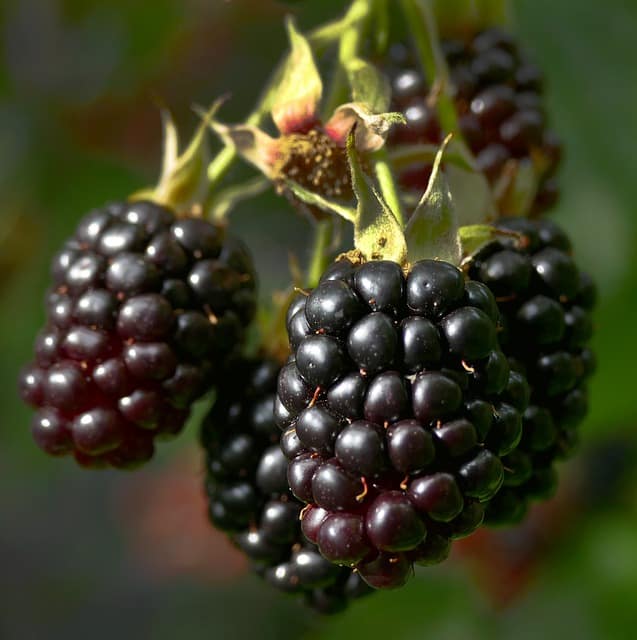
9. Prime Ark Freedom
This is the first “Primocane” variety on our list. Here’s a quick explanation of what a “primocane” is. A “primocane” variety (developed during the late ‘90s) produces fruit on the first year’s cane (canes that grew this year). A “Floricane” variety produces fruit on the canes that grew last year. So berries can be had a year earlier with the Primocane, than the “Floricane” variety.
However, in my experience, the first year’s fruit production (on the primocane) is much smaller than the fruit produced on the 2nd year’s cane (like the “floricane” varieties). My research suggests that the production on first year’s canes are about 1/3 of next spring’s production.
This is confusing to some people, so let me explain. The Primocane variety also produces fruit on 2nd-year canes. These are the same canes that produced a small amount of fruit the first year.
All other varieties (Floricanes) only produce fruit when the cane is one year old. Then it dies off. The Primocane variety produces a small crop a few months after it springs up out of the ground, then it waits till next year and produces another (much larger) crop on the same canes… then those canes die off.
It is nice to get a few berries in the first year, but the small amount of production shouldn’t be the main reason to pick a Primocane variety. That’s just my opinion, but I’ve raised 4 different varieties of Primocanes since they were developed.
Also, although advertised as a “fall crop”, my experience is that they were more of an “everbearing” crop. They start producing a small amount starting in mid-summer and continue producing a few berries till fall. There’s not a huge expected “fall bounty”. It’s more of a hit-and-miss berry crop from late summer till fall.
That being said, the PrimeArk Freedom blackberry is a great choice for the home gardener. It is a thornless variety and the Freedom berries I’ve raised were very erect and shouldn’t need any trellising. The diameter at the base of the cane was huge and held the canes up perfectly. To help you in your backyard fruit production, I’ve written this article on the other aspects of raising blackberries.
The berries are large to very large and are very sweet and tasty. The PrimeArk Freedom should be a no-brainer for most gardeners. It is hardy from Zones 6-9.
10. PrimeArk Traveler
The Traveler has all the “primocane” production characteristics of the Freedom. It is also thornless and produces a very tasty berry. They were introduced in 2015 and produce a glossy fruit with high-quality flavor.
PrimeArk Traveler also has very erect canes so trellising is not necessary. The firm fruit holds up well compared to other blackberry varieties.
Hardy from Zone 5 to 8, the Traveler is a great choice for many gardeners.
11. PrimeArk 45
Developed in 2009, the PrimeArk 45 was one of the first “primocane” varieties developed by the University of Arkansas. It is a medium sized berry, but sweet and productive. Productive in Zones 5 through 8 means northerners can get on board the PA45 train.
Because it’s a Primocane it does produce a fall (or ever-bearing) crop). However, the PA45 is a thorned berry variety. If you don’t mind dealing with thorns, this might be a good choice for you. The berries are medium to large and are of good quality.
Personally, having dealt with thorns for about a decade, I’m moving away from thorned varieties. For that reason, the PrimeArk Freedom is one of my favorites and not the PA45.
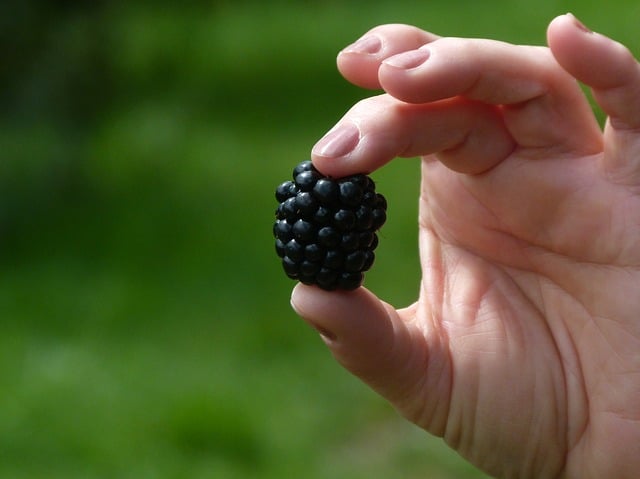
12. Ouachita
Pronounced “WASH-a-taw”, this berry is a great producer of large, tasty berries. The Ouachita is thornless, and has excellent quality fruit, with firm, sweet, attractive berries.
The very-erect canes mean no trellising is needed making life a lot easier. I’ve grown the Ouachita variety, and the berries were indeed large and very sweet.
Ouachita is a “Floricane” variety, producing berries on last year’s canes. Since they require only 300 chilling hours, they are great for the deep-south but are also hardy up to Zone 5.
Summary
With over 375 varieties, this is obviously not an exhaustive list, but it should give you enough information to help you make some informed choices, and start you on your way to producing your own blackberries.
I have an extensive “Raising Blackberries Playlist” on my YouTube Channel covering every aspect of blackberry production.
There are around 800 other videos on my YouTube Channel dealing with just about any other Homesteading related topic. You can find them HERE

